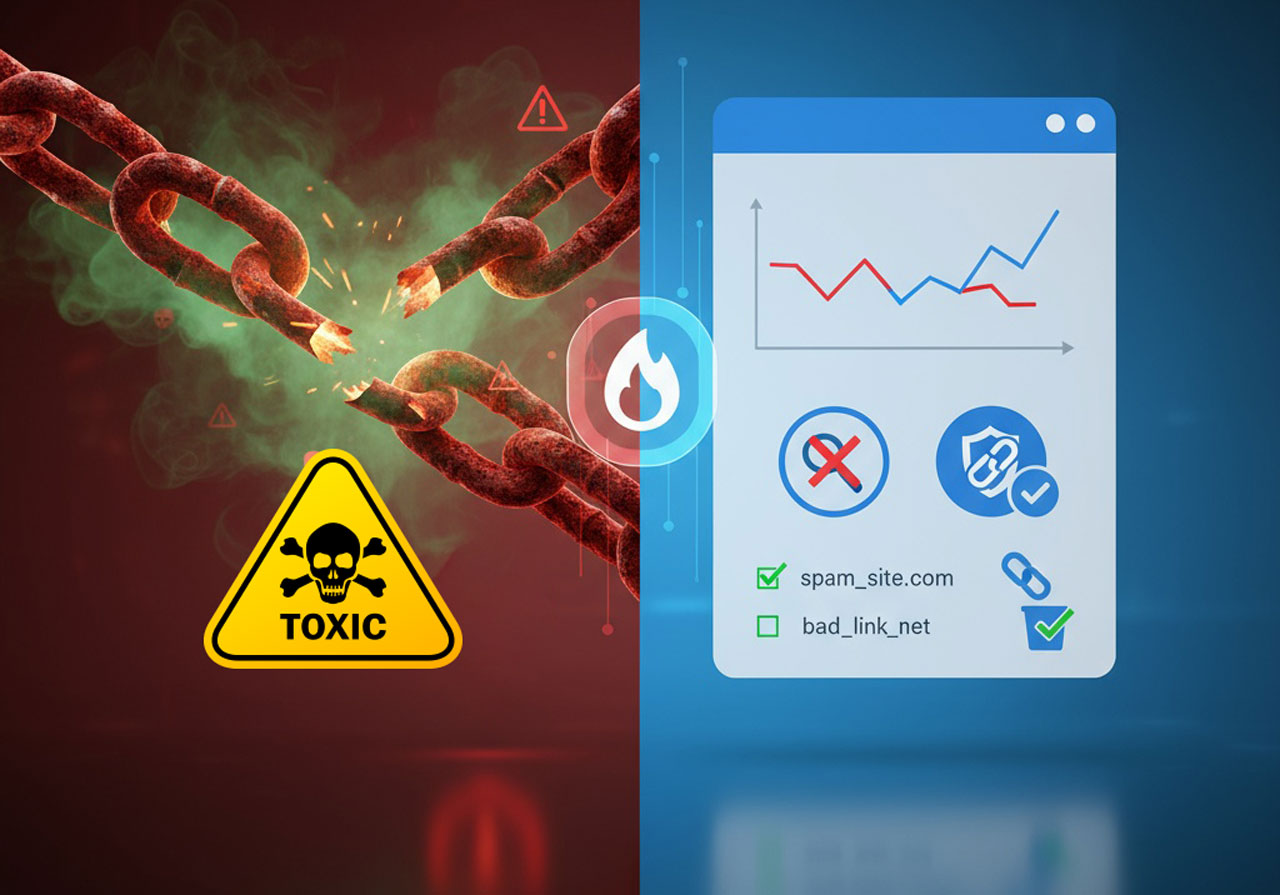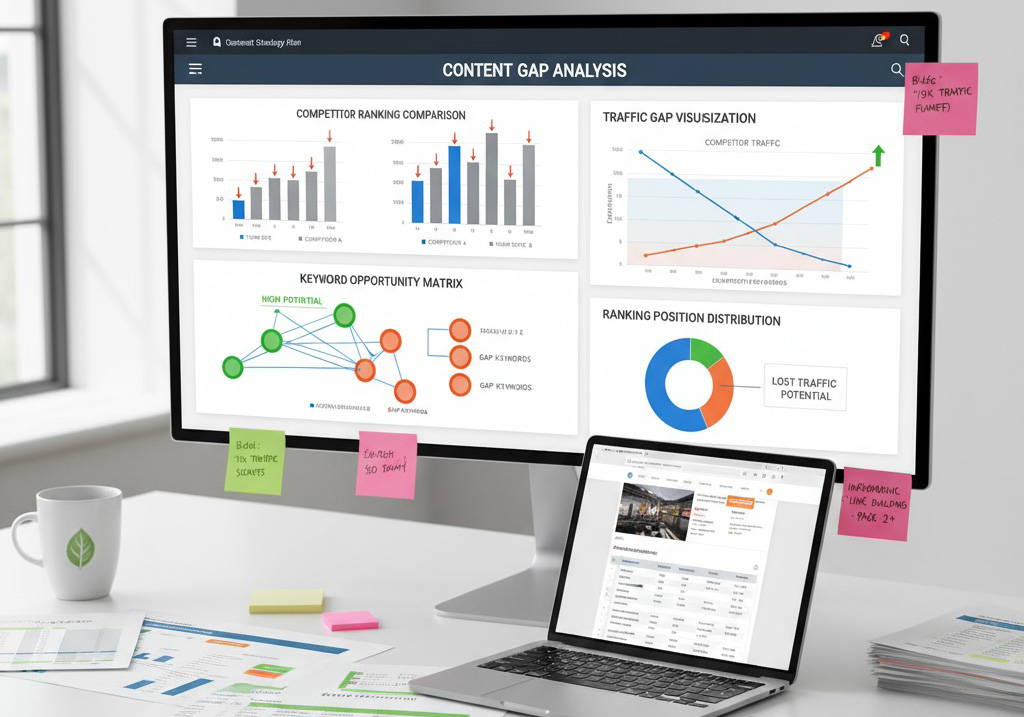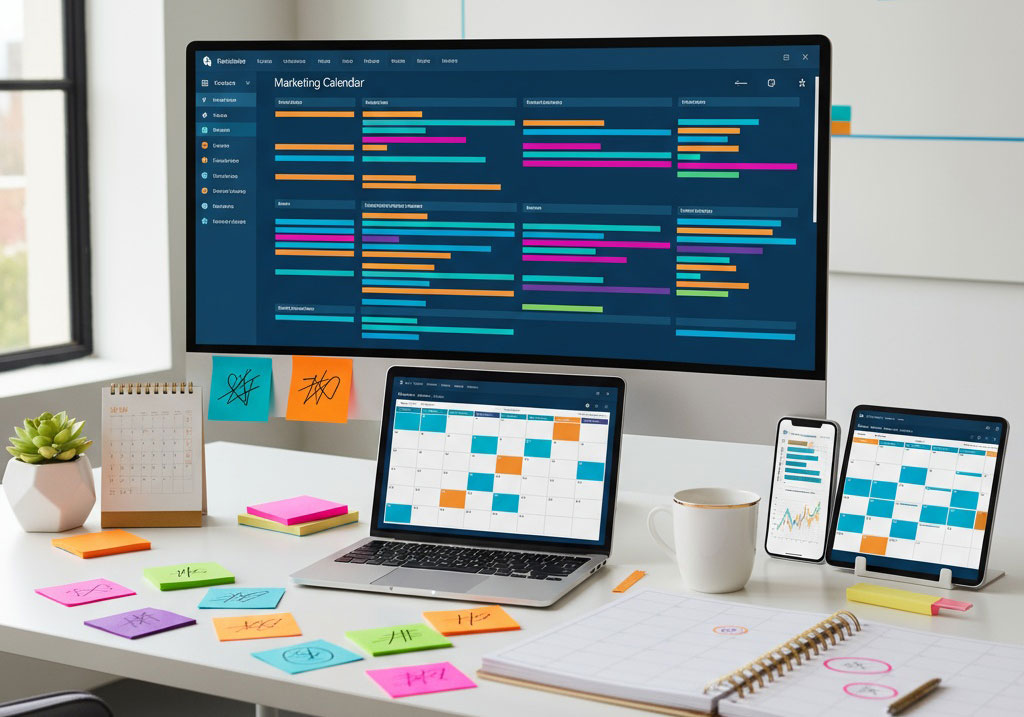Low hanging fruit SEO refers to simple optimization tactics that deliver immediate ranking improvements without extensive resources or time investment. These quick SEO wins focus on easily implementable strategies that search engines reward quickly, making them perfect for businesses seeking fast results.
Unlike complex SEO strategies that take months to show results, low hanging fruit opportunities can boost your search visibility within weeks. These tactics target common website weaknesses that many competitors overlook, giving you an advantage in search rankings.
1. Optimize Title Tags for Maximum Click-Through Rates
Title tag optimization is one of the fastest ways to improve your search performance. Title tags appear as clickable headlines in search results and directly influence whether users visit your site.
Well-optimized title tags can increase your click-through rate (CTR) significantly, which signals search engines that your content is valuable and relevant to users.
Quick optimization checklist:
- Keep titles between 50-60 characters to avoid truncation
- Include your primary keyword near the beginning
- Write compelling, action-oriented headlines that encourage clicks
- Ensure each page has a unique title tag
- Match the title to user search intent
2. Improve Page Speed for Better User Experience
Page load speed directly impacts both user experience and search rankings. Google considers site speed a crucial ranking factor, especially for mobile searches.
Sites that load faster than 3 seconds retain more visitors and achieve higher conversion rates. Slow-loading pages increase bounce rates and signal poor user experience to search engines.
Speed optimization tactics:
- Compress images without losing quality using tools like TinyPNG
- Enable browser caching and implement a content delivery network
- Minimize HTTP requests by combining CSS and JavaScript files
- Remove unnecessary plugins and code
3. Target Long-Tail Keywords with Low Competition
Long-tail keyword targeting represents one of the biggest SEO quick wins available. These specific, multi-word phrases have less competition but often higher conversion rates.
Long-tail keywords typically have lower search volume but attract more qualified traffic. Users searching for specific phrases are often closer to making a decision or purchase.
Keyword research strategy:
- Focus on keywords with 3+ words that describe specific problems or solutions
- Target phrases with low keyword difficulty scores (under 30)
- Look for question-based keywords that match voice search queries
- Prioritize keywords with commercial intent for business pages
4. Analyze Competitor SERP Weaknesses for Easy Wins
Competitor analysis reveals gaps in search results that you can exploit. By identifying weaknesses in top-ranking pages, you can create superior content that outranks established competitors.
Most websites have technical issues, content gaps, or user experience problems that create opportunities for well-optimized sites to rank higher.
Competitive research focus areas:
- Identify pages with poor mobile optimization
- Find content gaps where competitors provide incomplete information
- Target keywords where top results have weak authority scores
- Look for opportunities where competitors lack proper internal linking
5. Refresh Existing Content to Combat Content Decay
Content decay occurs when previously high-performing pages lose rankings due to outdated information or changing search algorithms. Updating existing content is often more effective than creating new pages.
Fresh, updated content signals to search engines that your site provides current, relevant information. This strategy can restore lost rankings and attract new organic traffic.
Content refresh priorities:
- Update statistics, dates, and industry data
- Add new sections covering recent developments
- Improve readability with better headings and formatting
- Fix broken links and update internal link structure
- Enhance meta descriptions to improve CTR
6. Fix Critical Technical SEO Issues
Technical SEO problems prevent search engines from properly crawling and indexing your content. These issues often provide the easiest wins because they have immediate impact once resolved.
Many websites have basic technical problems that dramatically limit their search visibility. Fixing these issues can result in rapid ranking improvements.
Priority technical fixes:
- Implement HTTPS security across all pages
- Create and submit XML sitemaps to search engines
- Fix broken internal and external links
- Add descriptive alt text to all images
- Ensure proper mobile responsiveness
7. Eliminate Keyword Cannibalization Issues
Keyword cannibalization occurs when multiple pages compete for the same search terms, diluting your ranking potential. This common problem prevents any single page from achieving maximum visibility.
Consolidating or redirecting competing pages can immediately improve rankings for your target keywords.
Cannibalization solutions:
- Identify pages targeting identical keywords using Google Search Console
- Merge similar content into comprehensive, authoritative pages
- Use 301 redirects to consolidate page authority
- Differentiate page topics with unique keyword focuses
Maximize Your SEO Quick Wins Strategy
Low hanging fruit SEO tactics provide the fastest path to improved search rankings. These strategies require minimal resources while delivering measurable results that justify further SEO investment.
Start with title tag optimization and technical fixes, as these changes can show results within days. Then move to content updates and keyword strategy refinements for sustained ranking improvements.
Focus on one tactic at a time to measure impact accurately. Track your progress using Google Analytics and Search Console to identify which strategies deliver the best results for your specific website.
The key to SEO success is consistent implementation of these proven tactics while monitoring performance and adjusting strategies based on data-driven insights.













